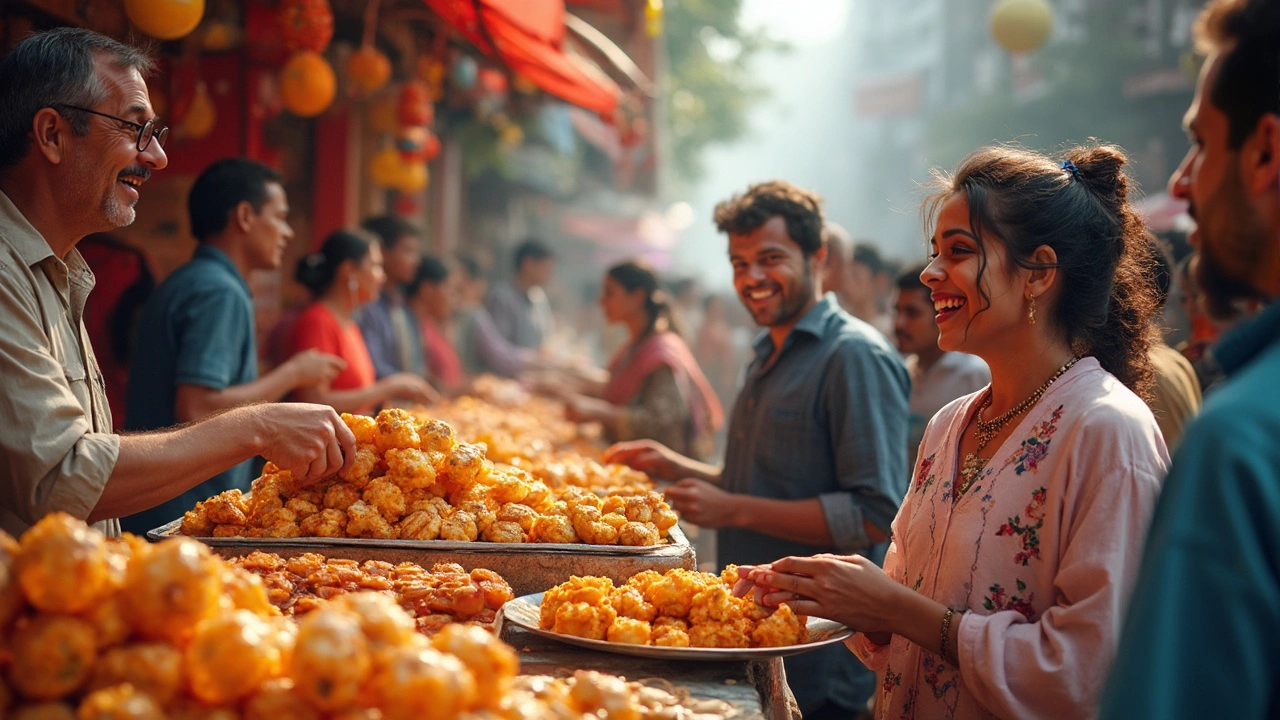Unhealthy Indian Snacks – What to Watch Out For
If you grew up on Indian streets, you know the irresistible crunch of samosa, the sweet melt of jalebi, and the salty bite of sev. They taste amazing, but many of these treats pack a lot of oil, sugar, and hidden salt. Let’s break down why they can be a problem and what you can do to enjoy them smarter.
Why Some Indian Snacks Are Bad for You
Most “junk” snacks in India are deep‑fried. A single plate of pakoras or bhajis can contain 300‑500 calories and a hefty dose of saturated fat. The frying oil is often reused, which adds trans‑fats that raise bad cholesterol. Sweet snacks like gulab jamun and rasgulla soak in sugar syrup, pushing the sugar count sky‑high and spiking blood glucose.
Salt is another silent villain. Many street chaat mixes use extra namak to intensify flavor, and that extra sodium can raise blood pressure over time. Combine these with refined flour (maida) in many snack batters, and you get a combo that offers quick energy but little nutrition.
Smart Swaps and Portion Tricks
Don’t quit the flavors you love—just tweak the method. Bake or air‑fry samosas with a thin layer of oil instead of deep‑frying. Use whole‑wheat or millet flour for the crust to add fiber and slow digestion. For sweets, try a jaggery‑based syrup or reduce the amount of sugar by 30 %; the natural caramel notes still shine.
Portion control works wonders. Instead of a whole plate of sev, sprinkle a small handful over a bowl of fresh veggies or low‑fat curd. Pair spicy chaat with a side of cucumber slices to balance the heat and cut down on overall calories.
One easy habit is to limit snacking to a set time window, like an hour after a main meal. Your body is already digesting, so you’ll feel fuller faster and won’t overindulge. Keep a small container of roasted chickpeas or makhana handy for a crunchy alternative that’s high in protein and low in oil.
Remember, occasional indulgence isn’t a disaster. The goal is to make those choices a regular habit rather than a rare event. By swapping frying for baking, using whole‑grain flours, and watching your portion sizes, you can keep the joy of Indian street snacks without sabotaging your health.
Next time you stroll past a stall, ask if the vendor can bake the snack or offer a lighter version. Most will accommodate, and you’ll walk away with a tasty treat that’s easier on your heart and waistline.
What's India’s Most Unhealthy Food? Let's Find Out!
India, known for its diverse culinary landscape, is also home to some of the unhealthiest foods imaginable. From deep-fried favorites like samosas to ultra-sugary sweets like jalebi, the nation's cuisine can be a dietary minefield. This article uncovers India's most unhealthy food, digging into the reasons behind their allure and their potential health impacts. Read on for some surprising facts and tips to enjoy these guilty pleasures in moderation without compromising your health.
